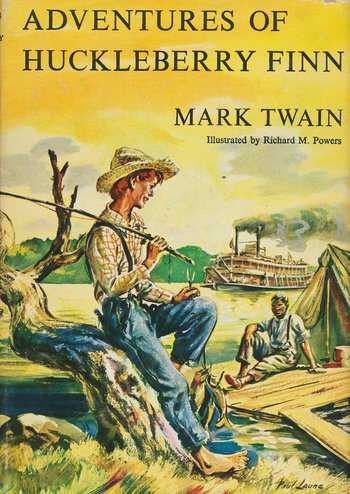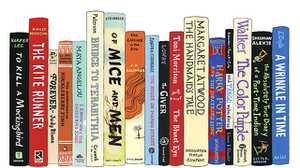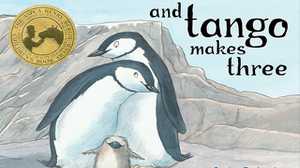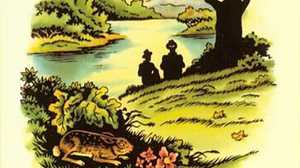
It began rolling off American printing presses in February of 1885. By March, librarians in Concord, Massachusetts deemed it “trash” and “suitable only for the slums.” It was the first time the book was banned in the United States, but it certainly wouldn’t be the last.
Set in the antebellum South, Mark Twain’s classic tale of two runaways — one escaping an abusive father, and the other escaping slavery — went straight to the heart of the question: what does it mean to be free? And while it’s widely regarded as one of Twain’s finest novels (and one of the greatest American novels of all time), challenges to the book have been persistent since its publication. Nearly every challenge purports that the book is racist, many citing the book’s repetition of the word “nigger.” Others simply state that Huck Finn “conflicted with the values of the community.”
Jocelyn A. Chadwick began her career as a classroom English teacher and is President of National Council of Teachers of English. She is a former professor at the Harvard Graduate School of Education, and is an internationally recognized Twain scholar. American Experience spoke with her about Adventures of Huckleberry Finn.

Why has Huck Finn consistently landed on the list of banned and challenged books?
I think that it’s landed on the list of banned books because it goes where Americans really don’t want to go. We talk about race and racism and acceptance and inclusivity and equity. We talk at that, but we don’t really listen and engage in a real substantive conversation. I think that Huck Finn will remain on the banned books list because it will remain a burr under the saddle of so many people — because it goes to the heart of what still bothers us to this day.
Have the challenges to the book changed over the years?
Many of the early challenges to Adventures of Huckleberry Finn came from white people, librarians, who did not like the language Twain used. The librarians at the time in Missouri took umbrage at the use of “backwards talking.” They thought that he was speaking to a lower class of folks. They thought the language was just too rough. They didn’t take umbrage at his using racial slurs; rather it was the dialect. And my being a southerner, I can say southerners are particularly sensitive to the way people react to how we talk, and then make assumptions based on that.
The NAACP in the '50s lodged the first major complaint about the novel’s using the racial slur “nigger” over and over and over — more than 200 times throughout.
The most recent and most sustained argument against Mark Twain is, “how can a white man write about racism? He has no right to write about something that did not affect him.” To me, that argument is specious. If you’re telling Twain that white men or women cannot write about people of color, are you saying that black writers should not write about white characters? You can’t shut one door without shutting the other.
How do students react to this book?
Before 2012, students were curious about race, racism, the 19th century — what was that like? And I think they saw Huck Finn — the character and the novel — as a literary history lesson. I would go into a school for days and I’d bring in the art, images, the primary sources. Now, the key word to me is relevance. With this particular generation of young people, everything has to be relevant to them and to their experiences. They want to know how a text “fits” in to who they are. Now it’s about social context. It’s about equality and equity and ethics writ large.
This interview has been condensed and edited for length and clarity.
Read an interview with Robert P. Doyle, editor of the American Library Association’s Banned Books, a collection of thousands of titles that have been subject to censorship challenges.
Read about The Bluest Eye
Read about And Tango Makes Three
Read about Of Mice and Men
Originally published September 2017.







